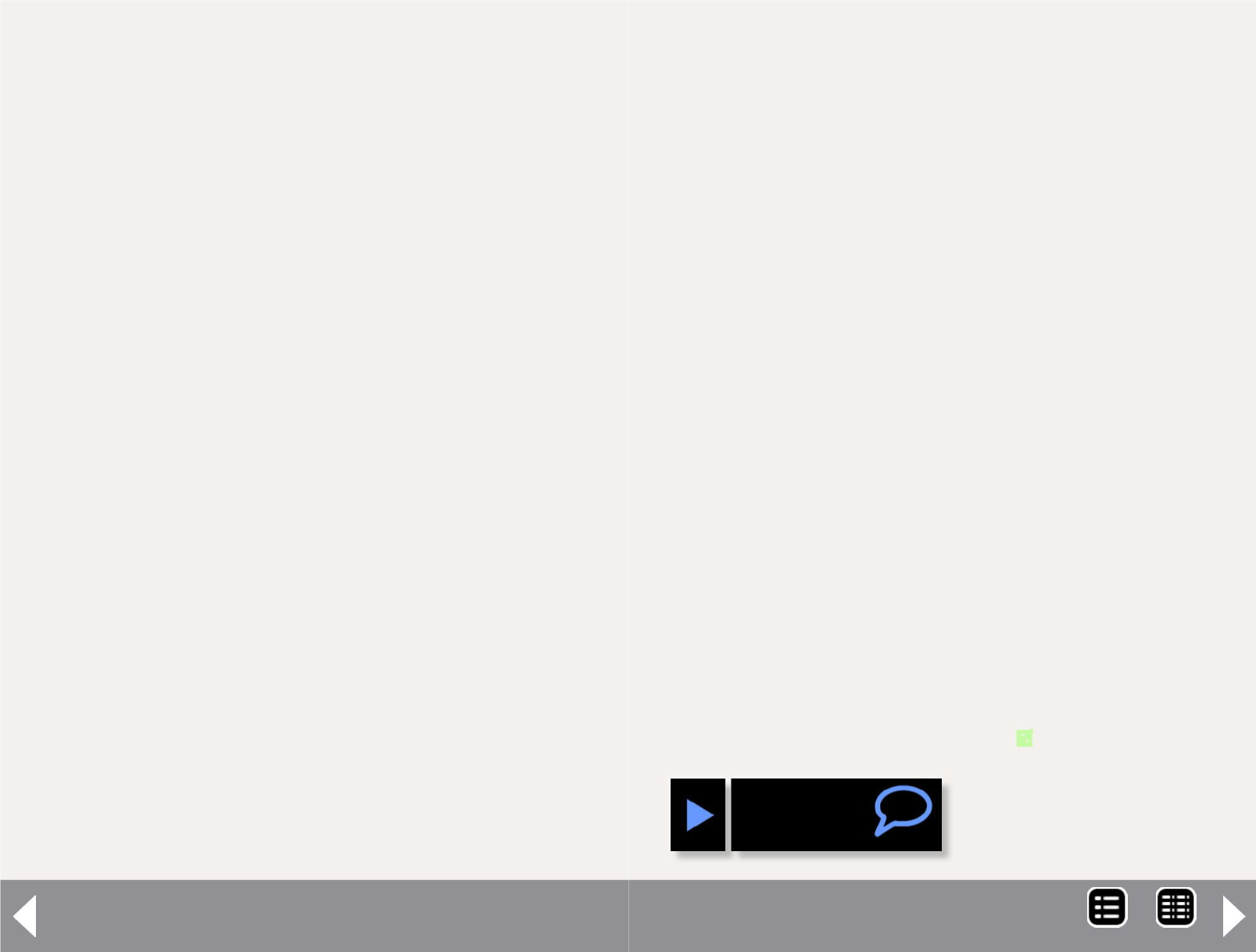
either be quick place-holder buildings that you’ll replace
with a craftsman kit or some kitbash, or if you take your
time, can become the basis for the final building, which you
continue to improve with additional details.
All told, we’ll set aside $74 for scenery basics.
Tools
The great thing about building these modules: the absence of
any big-ticket tools. Let’s assume you have a straightedge of
some sort. Standard white glue is also likely to already be in
one of your kitchen drawers. A box cutter from a dollar store
(often two or three to a pack) is all you need to cut the foam-
core. The one specialty tool, the KATO Rerailer (24-000) is
handy to have just for rerailing trains, but the notches along
one edge help you align your track to precise 33mm centers, if
you have any parallel track (double mainline, or a yard) and will
set you back just a few dollars.
Add all that up, and we’ve still got some cash left over – a slush
fund of just under $40 to put toward your area of interest.
Operations? Maybe you want more track. Or maybe that dou-
ble-track main, for going to T-Trak meets. Scenery? Trees, build-
ings, detail items. Given the flexibility, there’s also the option
of moving funds around. Maybe the goal is fewer modules, but
more scenery. Or maybe you’ve gotten a good deal on some
rolling stock, and want to build a more extensive layout.
The point is that you’ve got the freedom to experiment – to
succeed, and maybe to fail – without reaching too deep into
the purse.
Future directions
Where to go from here? Hopefully getting more and more
involved in all aspects of the hobby. But with respect to these
modules, there’ a lot of room for experimentation:
$500 layout 3rd place - 11
Building longer modules: either deeper, or double-length.
(But stick with the simple single modules first.)
Using the traditional plywood instead of foam board. That
does require more tools, but also makes more durable mod-
ules. While plywood can – believe it or not – be cut with a
utility knife and a supply of patience, a table saw makes con-
struction a lot easier and more precise.
Odd shapes. Larger curves. Once you have the basics down,
you can tailor modules to your specific environment. De-
pending on what you make, these won’t necessarily “play
nice” at meets, but if they’re just for your own fun, you can
make your own rules.
The “Big One.” Maybe, after experimenting, refining your
skills, and deciding what, exactly, you want to model, cir-
cumstance will allow you to finally build that dream layout
down in the basement, or out in the garage, or in a spare
bedroom. Then these modules may be relegated to diora-
mas, display and test tracks, or something you haul out to
put under the tree. Or even salvaged for scenic elements on
the new layout. It is only foam board, after all. All you will
need is another box-cutter.
Or maybe this will become your dream layout... one that you
know you’ll be able to stow in the hallway closet, and eas-
ily take with you when you move. And it all started with one
first, tiny, module.
You’ll never know until you try it. Right?
MRH-Oct 2014


